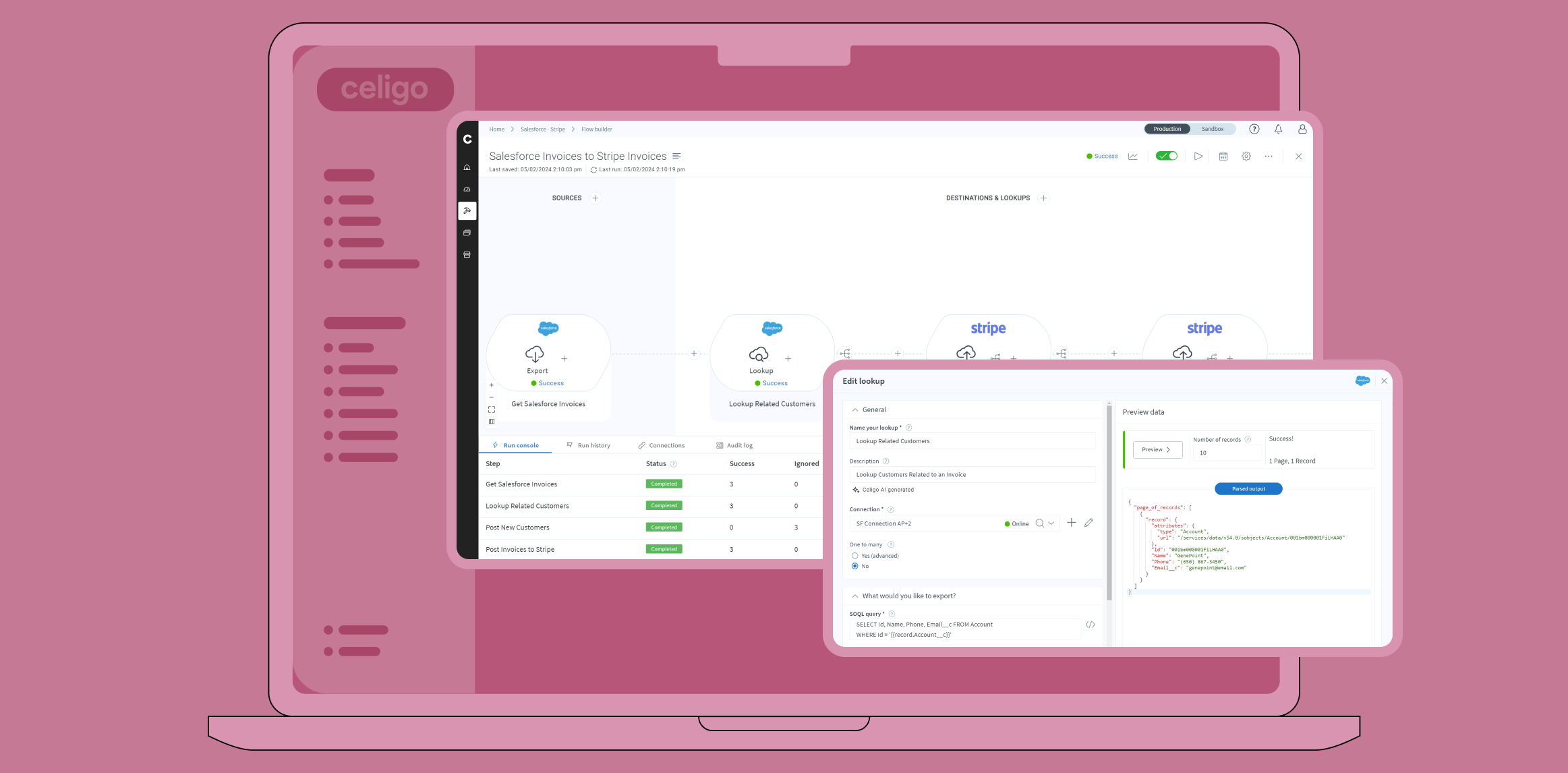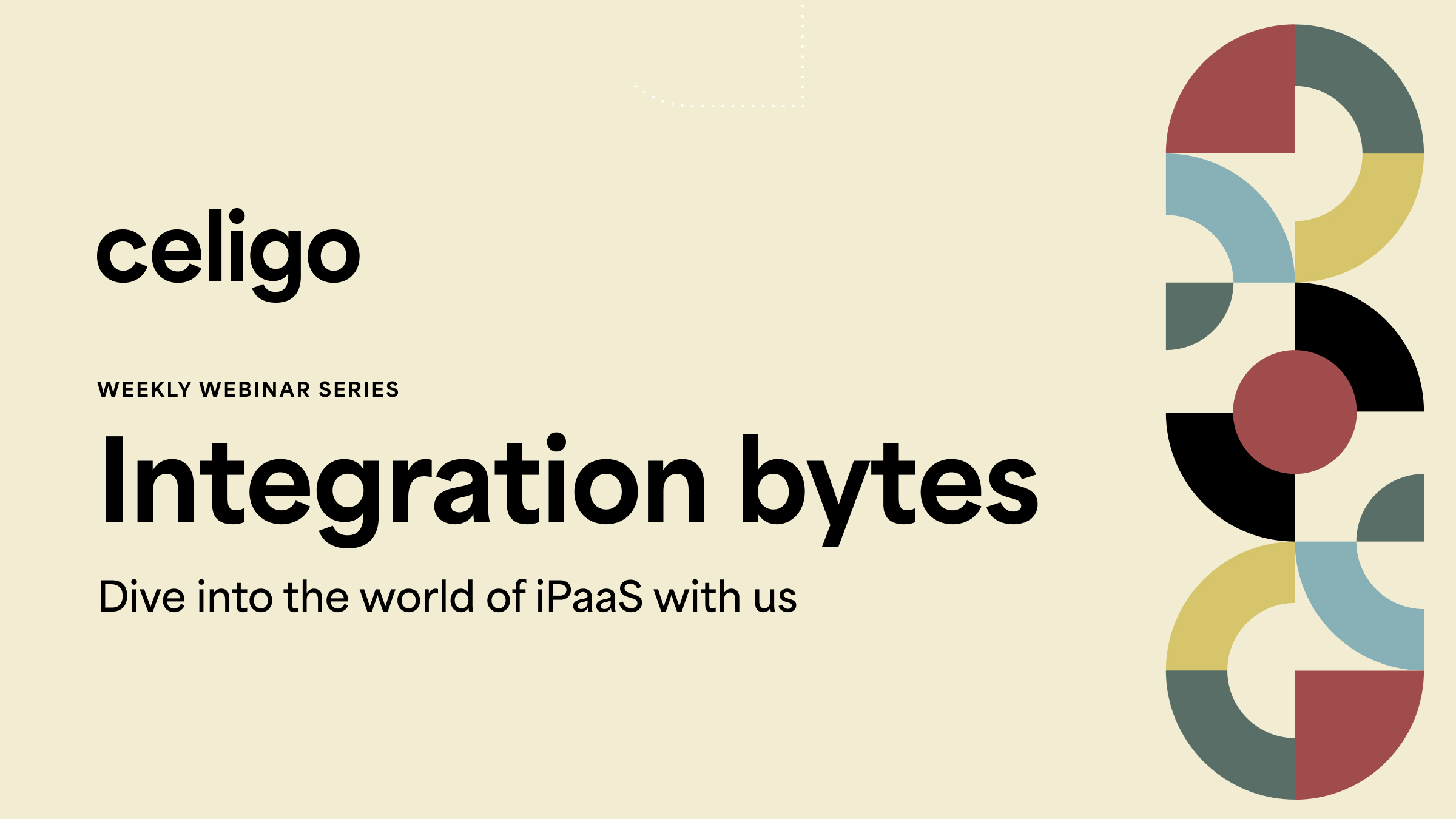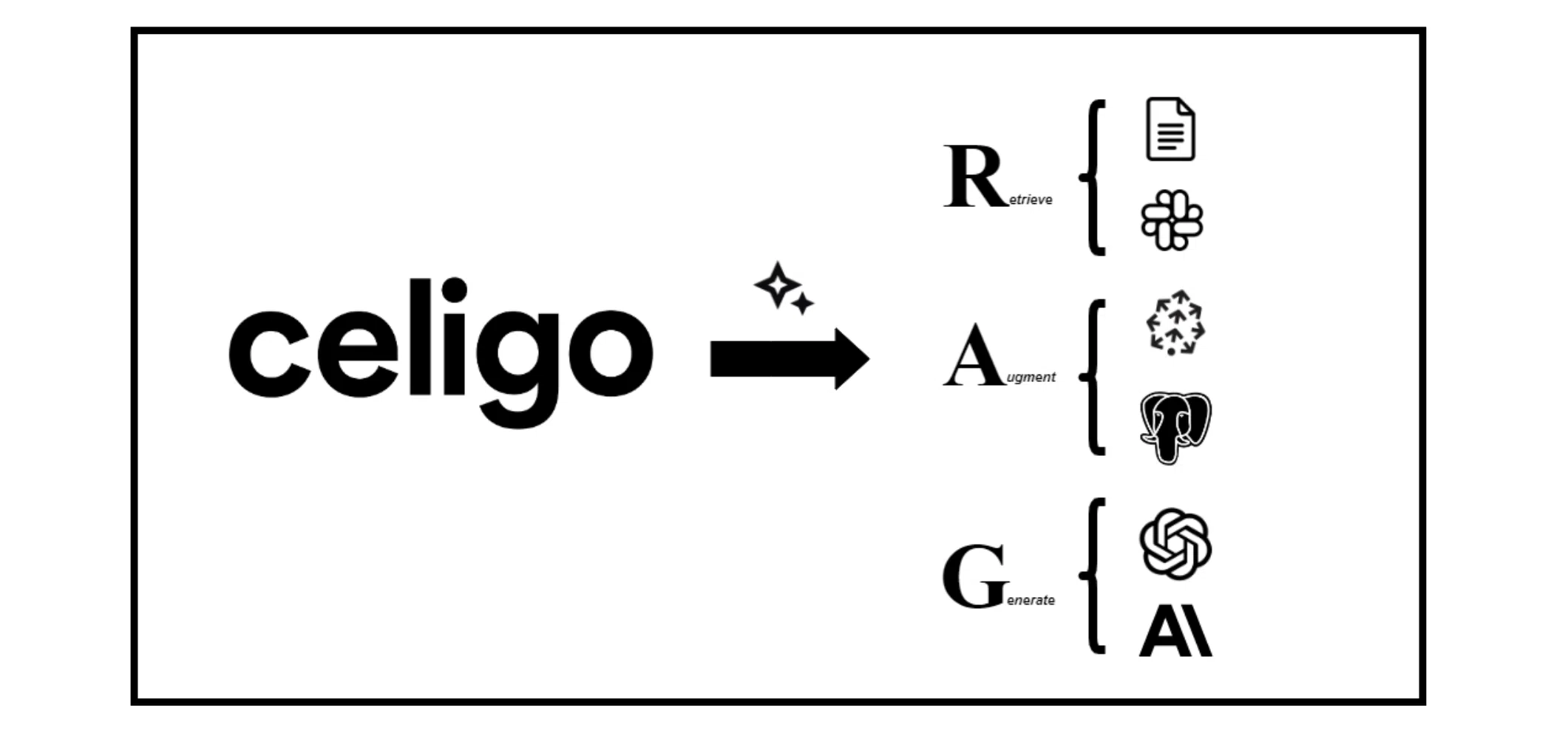Published Feb 12, 2023
Comparing enterprise application integration solutions
Learn the benefits and challenges of five different types of enterprise application integration technology: native, point-to-point, RPA, traditional iPaaS, and advanced iPaaS.

The automation challenge
The shift to cloud-based solutions has resulted in a market where business teams evaluate and purchase best-of-breed SaaS solutions based on their business requirements rather than having IT implement modules of suite-based systems. However, business processes generally span multiple business functions and systems. These systems need to be integrated to automate processes and improve speed and accuracy, which are the drivers for investing in digital technology. Identifying and implementing enterprise application integration technology to enable business process automation is a crucial part of a modern IT function.
Consider a typical business process like quote-to-cash. It seems like a simple integration between your customer management system (CRM) and the accounting or enterprise resource management (ERP) system. However, quote-to-cash has many sub-processes, many of which reside in different applications. These additional applications must be integrated to eliminate manual processes or data movement.
In this quote-to-cash example, there are many associated costs if you have inefficient processes:
- Sales reps spend 64.8% of their time on non-revenue generating activities, with administrative tasks being the leading cause of productivity drain.
- Reps significantly underutilize the CRM and waste time fishing for the data they need because they don’t have everything they need in one place.
- A high percentage of contracts can be rejected by finance because of incorrect SKUs or non-compliance.
- A tedious and time-consuming quoting process can damage new relationships from the start, creating a poor customer experience.
Scalability is a must
Implementing an enterprise application integration solution that can scale beyond current requirements is vital. SaaS proliferation continues to accelerate in digital-first, high-growth companies and low-growth organizations where legacy software is being replaced with cloud-based solutions. Choosing an enterprise application integration solution that does not scale will significantly impact the organization’s ability to succeed in digital transformation initiatives.
As companies advance their digital transformation programs, the demand to automate business processes expands into and across every department, encompassing dozens or even hundreds of applications.
When your enterprise application integration solution doesn’t scale:
- Data integrity becomes a severe challenge.
- Management and error detection become difficult and time-consuming.
- Compliance with security and privacy requirements becomes a significant risk.
- IT is a bottleneck as the demand for integration and automation exceeds capacity.
Comparing enterprise application integration technologies: evaluating the options
Vendor-provided (native) integrations
Many SaaS applications provide point-to-point integrations to popular hub applications like Salesforce or NetSuite to meet common use cases, allowing business system administrators to configure the enterprise application integration to exchange data between two applications.
These solutions are a good fit for automations based on simple integration scenarios with a limited number of application endpoints and integration flows.
Benefits
- Fast and easy to configure and implement.
- Relatively inexpensive, although customers often have to subscribe to higher-tier versions to get access to APIs and integration services.
Challenges
- Limited functionality and extensibility: They address only common use cases and provide limited (or no) ability for customization.
- Decentralized: A packaged enterprise application integration, like SaaS applications, are often sourced and implemented by business teams to address specific business problems and limit the organization’s ability to address more complex business processes that span multiple systems.
- Difficult to manage at scale: Requires technical resources to learn and work in multiple applications to manage automations and troubleshoot problems. Visibility and error handling is limited, often with no ability to recover without resending records or manually rekeying data. As the number of point-to-point integration grows, the risk of non-compliance with data security and privacy standards becomes significant.
Coded point-to-point integrations
Skilled developers write code to integrate to APIs, which can be performed by salaried, internal resources, or outsourced to external resources like a VAR or SI. An API integration tool, like Cloud Elements, may be used to help expedite the integration development or developers just code directly to the API. Custom code was the default option for on-premises software and is still common in organizations with development teams who have the bandwidth to implement, manage and maintain integrations or smaller businesses that have a limited number of custom integration requirements.
Benefits
- Unlimited extensibility: Developers can customize the enterprise application integration to meet virtually any business or technical requirement.
- Minimal barrier to entry: Businesses can outsource development for a single custom enterprise application integration if that meets their requirement.
Challenges
- Time-to-value: Custom coding is the most time-intensive option for integration.
- Implementation cost: In-house development resources are expensive to hire and retain, and
organizations need to have sufficient demand to be able to fund a development team as well as business needs driving interesting projects in order to retain quality developers. Hiring outside resources doesn’t require commitment, but hourly rates for skilled developers are high. Depending on IT staff skill sets, there can be additional costs for business analysis, architecture and design as well as project management. - Continuity: Developer turnover is generally high and is particularly high in the current labor market. Without quality documentation — which is extremely rare outside larger enterprises and global systems integration firms — developers take their knowledge of each enterprise application integration with them. When custom integrations inevitably break down without documentation, they often need to be rebuilt from scratch resulting in potentially lengthy downtime.
- Endpoint management: Without a process for managing notifications from endpoint applications about API changes, enterprise application integrations will stop and require recoding, also resulting in downtime.
- The high total cost of ownership (TCO): In addition to implementation, technical resources are required to maintain and manage each enterprise application integration as business teams have no visibility to errors or any ability to modify to meet business process changes without IT. IT will need to resolve any integration errors, and if integrations are mission-critical and time-sensitive, it will need to provide support to meet service-level agreements.
Robotic process automation (RPA)
Robotic process automation (RPA) is a “screen-scraping” technology that allows a user to build scripts (commonly referred to as “bots”) to automate processes and integrate any application through the user interface and a control dashboard/orchestrator. It is well-suited to automating routine, repetitive, rules-based, predictable tasks using structured digital data. These bots can be used to automate tasks within an overall business process, including manipulating data, passing data to and from multiple different applications, triggering responses, or executing transactions.
Benefits
- No back-end integration or API is needed: RPA works through the user interface, in effect mimicking the actions of a user.
- Business users can create automations: RPA doesn’t require coding or programming knowledge. Enterprise application integration solutions are designed for ease of use with minimal training requirements.
- Time-to-value: RPA automations are generally implemented in days (or even hours in the case of the simplest of processes.)
Challenges
- Limited to simple, repeatable processes: Non-standard processes, long or complex processes, processes that change often, or any processes that require human interaction are not suited to automation through RPA.
- Complex to manage at scale: RPA tools are a collection of scripts that cannot adapt to changes. Updates or replaced applications in a process will result in a failure or incorrect. Troubleshooting and error management of automations is generally a challenge, as only a few enterprise application integration solutions provide robust governance capabilities.
- Limited impact and ROI: RPA bots are performing the same manual processes as before, albeit faster and without costly human interaction. Organizations investing heavily in RPA-centric initiatives over more comprehensive automation and integration technologies will find it challenging to meet increasingly broad and complex automation needs.
Traditional iPaaS (integration platform as a service)
Traditional iPaaS solutions enable IT organizations to accelerate and centralize business process automation. They provide developers with a suite of cloud services enabling much more efficient development, execution and governance of enterprise application integration flows connecting processes, services, applications and data.
Benefits
- The low total cost of ownership: The cost of integrations is significantly reduced as an iPaaS can improve developer productivity by 50% or more.
- Time to value: Enterprise application integration projects can be completed in days (or even hours) versus weeks or months for coded integrations.
- Governance: iPaaS solutions provide features to meet corporate and regulatory standards for security and privacy
- Flexibility: The organizations can rapidly modify automations and integrate new SaaS solutions.
Challenges
- Hiring and retaining technical resources: Traditional iPaaS solutions require a trained, technical staff. Integration specialists are well-compensated and in high demand, especially in the current labor market.
- Limited agility and scalability: Since business process automation requires technical resources, IT becomes the limiting growth factor.
Advanced iPaaS (integration platform as a service)
Advanced iPaaS solutions provide additional capabilities beyond those of the traditional iPaaS. An advanced iPaaS solution creates intelligent repeatability powered by AI and machine learning (ML), has prebuilt enterprise application integrations with built-in best practices, and offers business process expertise. They also provide the ability for business users, not just technical teams, to build, deploy and manage business process automation, allowing all organization members to promote agility and automation.
Benefits
- The lower total cost of ownership: As expensive development, resources are no longer required to automate all processes.
- Faster time to value: Automation is faster than traditional iPaaS solutions due not only to advanced capabilities for development but to self-service for business users. Business teams don’t need to wait for IT resources to become available to automate processes.
- Greater agility and scalability: By enabling citizen integration and providing a meaningful starting point, an advanced iPaaS solution empowers everyone in the organization to promote agility and automation as needed.
- Increased innovation: Optimizing the efficiency of automation and integration of new applications reduces the cost and risk perception of innovation.
Challenges
- Business user training: While advanced iPaaS training requirements are far less rigorous than traditional iPaaS, a greater number of users require training.
Advanced iPaaS is the answer for modern organizations
For fast-growing businesses, or any business that wishes to compete in a post-digital economy, an iPaaS is the best option to automate business processes at scale. An iPaaS accelerates the integration of new SaaS technologies into business processes and helps create seamless, unified customer experiences, enabling business teams to obtain real-time data and aggregate data from multiple sources for analytics.
While a traditional iPaaS will provide these benefits, these solutions are more limited because they are designed to enable the IT function to address integration problems with each enterprise application integration across the enterprise in a way that maximizes the productivity of technical resources.
An advanced iPaaS helps everyone in the organization proactively address integration problems across the enterprise and drive continual business performance improvement in a way that maximizes organizational agility. The greater democratization of integration tools and skills leads to improved automation, analytics, speed, and accuracy of key business processes, accelerating growth, fostering innovation, and driving a competitive advantage.




